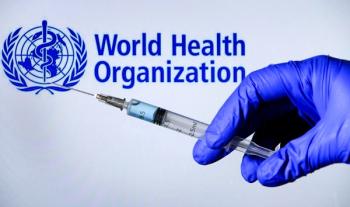
CDC Urges Shift to Cephalosporins for Gonorrhea
The incidence offluoroquinoloneresistantgonorrheacontinues torise in the UnitedStates, and the CDC isnow urging physicians toprescribe cephalosporinsfor patients with gonococcalinfections.
The incidence of fluoroquinolone- resistant gonorrhea continues to rise in the United States, and the CDC is now urging physicians to prescribe cephalosporins for patients with gonococcal infections (Table).
The CDC recently reported that the nationwide incidence of infections caused by fluoroquinolone-resistant Neisseria gonorrhoeae among heterosexual men has increased more than 10-fold since 2001-from 0.6% in 2001 to about 6.7% in 2006.1 In some cities, the rates were significantly higher, reaching 26.6% in Philadelphia and more than 20% in Honolulu and in some areas of California. Rates of fluoroquinolone-resistant infection among homosexual men were up even more, from 1.6% in 2001 to 38.3% in 2006.
About 340,000 new cases of gonorrhea are reported to US health authorities each year, but the CDC estimates that the actual number of new cases is about 700,000 per year. Experts are trying to determine the reason for the exponential rise in resistant cases. The incidence of gonorrhea declined considerably from the 1970s through the 1990s, but that decline seems to have leveled off.
Table - Updated recommended treatment regimens for uncomplicated gonococcal infections*†
References:
REFERENCE:
1.
Update to CDC's sexually transmitted diseases treatment guidelines, 2006: fluoroquinolones no longer recommended for treatment of gonococcal infections.
MMWR
. 2007;56:332-336.
Newsletter
Enhance your clinical practice with the Patient Care newsletter, offering the latest evidence-based guidelines, diagnostic insights, and treatment strategies for primary care physicians.



















































































































































































































































































